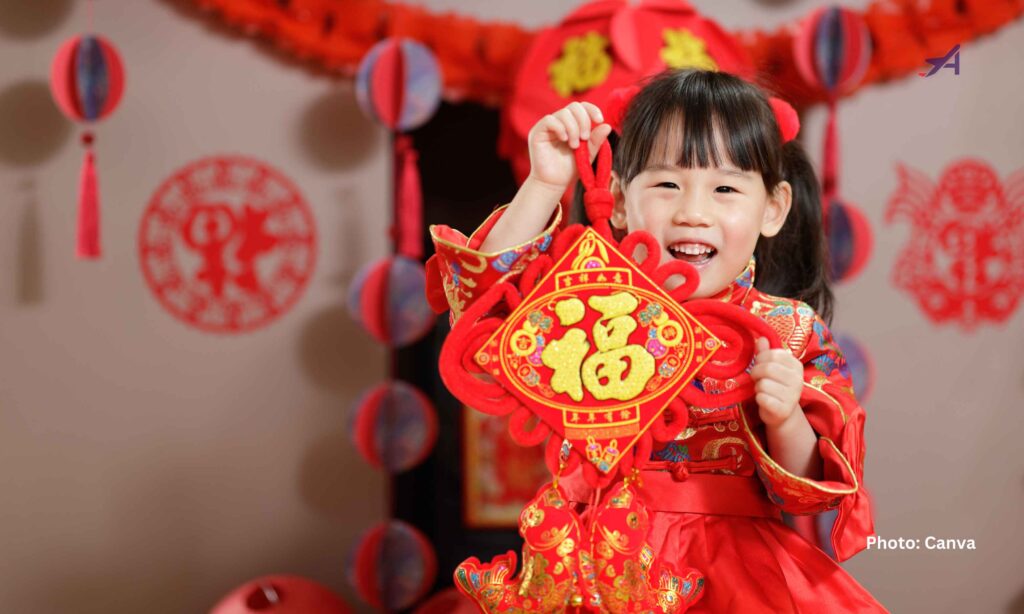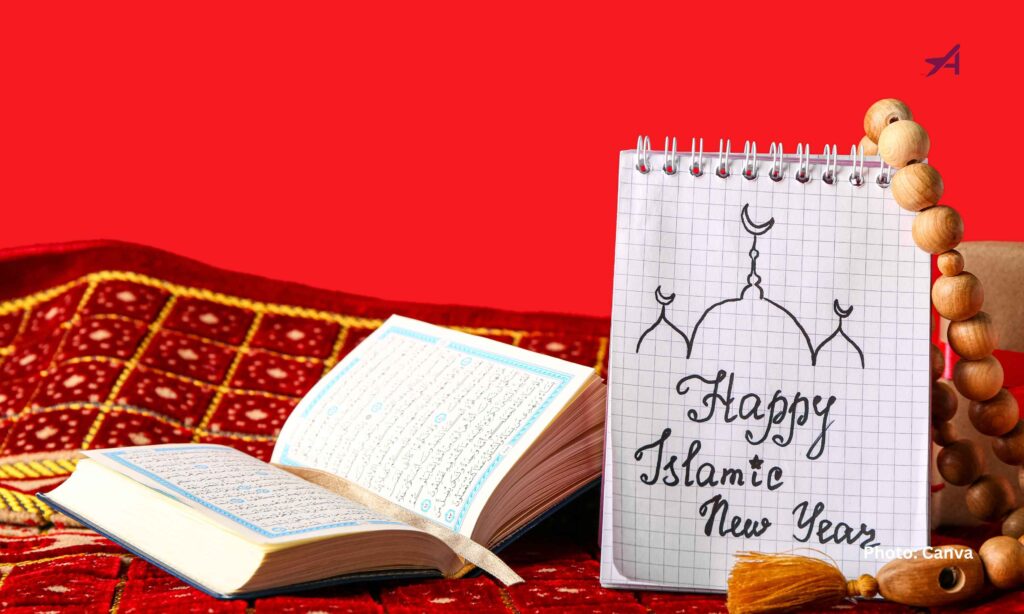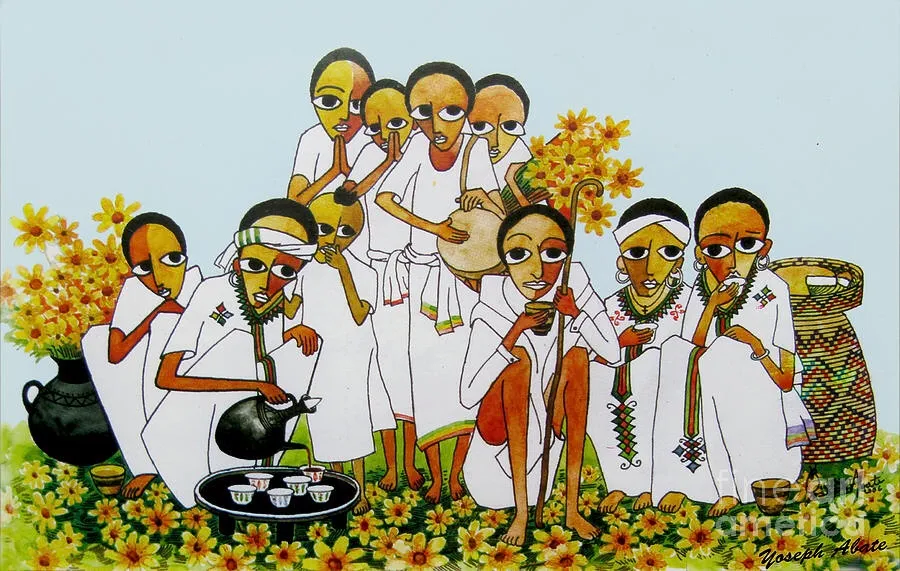New Year’s Day is a universal moment of renewal, a time when cultures around the world celebrate the transition from one year to the next. While the Gregorian calendar dictates January 1 as the start of the new year in much of the world, numerous cultures follow their calendars and traditions. From colorful parades to sacred rituals, New Year’s celebrations offer a fascinating glimpse into humanity’s diverse ways of marking new beginnings. In this blog, we’ll explore how different cultures celebrate the New Year, offering a global perspective on this timeless tradition.
1. Western Cultures: Fireworks, Countdown, and Champagne

New Year’s Eve is marked by grand celebrations in Western cultures, particularly in countries like the United States, Canada, and much of Europe. Here are the highlights:
- Fireworks Displays: Cities such as New York, Sydney, and London light up the skies with dazzling fireworks at midnight. The Sydney Harbour fireworks are particularly famous, drawing millions of viewers.
- The Countdown: The iconic “10-second countdown” is central to New Year’s Eve. The ball drop in Times Square, New York, symbolizes the year’s final moments, a tradition that began in 1907.
- Champagne Toasts: Popping open bottles of champagne is a common ritual, symbolizing joy and abundance.
- Resolutions: Many people make New Year’s resolutions, setting personal goals for the coming year.
Western celebrations often emphasize themes of fun, community, and optimism.
2. Chinese New Year: A Celebration of Family and Fortune

Unlike the Gregorian calendar, the Chinese New Year follows the lunar calendar, typically between late January and mid-February. This holiday is one of the most important in Chinese culture, with traditions that span millennia.
Key Traditions:
- Family Reunions: Families gather for lavish feasts, often including symbolic dishes like dumplings (wealth) and fish (prosperity).
- Red Envelopes (Hongbao): Elders give children red envelopes filled with money, symbolizing blessings and good fortune.
- Lion and Dragon Dances: These performances drive away evil spirits and bring good luck.
- Firecrackers: Fireworks are an essential part of the festivities, believed to scare off evil spirits and bad luck.
Chinese New Year is deeply rooted in themes of family, renewal, and fortune, making it a highly anticipated event in China and across the globe.
3. Japan: Oshogatsu and Shinto Rituals

In Japan, New Year’s (Oshogatsu) is a spiritual and family-centered celebration. It combines modern festivities with traditional Shinto practices.
Unique Customs:
- Cleaning and Preparation: Homes are thoroughly cleaned before the New Year to sweep away misfortune and welcome new blessings.
- Hatsumode: The first visit to a shrine in the new year is a significant ritual where people pray for health and happiness.
- Traditional Foods (Osechi Ryori): These include dishes like sweet black beans (health), herring roe (fertility), and grilled fish.
- Kohaku Uta Gassen: Watching this televised singing competition is a favorite tradition for many Japanese families.
- Bells Ringing at Temples: Temples ring their bells 108 times, symbolizing the cleansing of human sins.
Oshogatsu reflects Japan’s harmonious blend of spirituality, tradition, and modernity.
4. India: Diverse New Year’s Traditions

India’s cultural diversity means New Year’s celebrations vary widely. While January 1 is observed, traditional New Year’s days follow regional calendars:
Examples of Regional Celebrations:
- Ugadi (Southern India): Celebrated in March/April, Ugadi signifies new beginnings, with rituals involving cleaning homes, wearing new clothes, and preparing a special dish called Ugadi Pachadi.
- Baisakhi (Punjab): Celebrated in April, this festival marks the harvest season and is accompanied by energetic dances like Bhangra.
- Gudi Padwa (Maharashtra): This spring festival features erecting a gudi (a decorated pole) to invite prosperity.
- Diwali’s Connection: Although primarily a festival of lights, Diwali also marks the New Year for many Hindu communities, symbolizing the triumph of light over darkness.
India’s myriad traditions reflect its unique cultural tapestry, where every region brings its distinct flavor to New Year celebrations.
5. Islamic New Year: A Time of Reflection

The Islamic New Year, or Hijri New Year, falls on the first day of Muharram, the first month of the Islamic lunar calendar. Unlike festive celebrations, this is often a time for quiet reflection and prayers.
Common Practices:
- Community Gatherings: Muslims may attend sermons or participate in community events that discuss Islamic history and teachings.
- Fasting and Charity: Acts of fasting and giving to the needy are encouraged to embody the principles of faith.
The Islamic New Year emphasizes introspection and spiritual growth over festivities.
6. Jewish New Year: Rosh Hashanah

Rosh Hashanah, the Jewish New Year, occurs in the fall, marking the start of the Hebrew calendar. This deeply spiritual celebration spans two days and combines festive meals with solemn prayers.
Traditions:
- Blowing the Shofar: The sounding of the ram’s horn symbolizes a call to repentance and self-improvement.
- Apples and Honey: Eating these symbolizes a sweet year ahead.
- Tashlich: This ritual involves throwing breadcrumbs into flowing water to symbolize the casting away of sins.
Rosh Hashanah focuses on self-reflection, renewal, and spiritual connection.
7. Thailand: Songkran Water Festival

Thailand’s New Year, Songkran, occurs in mid-April and is celebrated with a vibrant water festival.
Highlights:
- Water Fights: Streets turn into arenas for massive water fights, symbolizing cleansing and renewal.
- Buddhist Rituals: People visit temples to offer prayers and pour water over Buddha statues for blessings.
- Elders’ Blessings: Younger people pour scented water on elders’ hands to show respect.
Songkran is a joyful, communal celebration filled with fun and spirituality.
8. Ethiopia: Enkutatash

Ethiopia celebrates its New Year, Enkutatash, on September 11 or 12, following the Ethiopian calendar. This day also marks the end of the rainy season and the blooming of beautiful flowers.
Traditions:
- Feasting: Families come together to enjoy traditional dishes like injera and doro wat.
- Children’s Songs: Children go door-to-door singing and offering flowers, receiving small gifts in return.
- Religious Services: Attending church is a significant part of the celebration.
Enkutatash reflects themes of renewal, gratitude, and community.
9. Scotland: Hogmanay

In Scotland, New Year’s Eve, or Hogmanay, is a grand celebration steeped in ancient traditions.
Notable Customs:
- First-Footing: The first person to enter a home after midnight is believed to bring good luck, especially if they carry gifts like coal or whiskey.
- Torchlight Processions: Parades with torches and bonfires hark back to Viking traditions.
- Auld Lang Syne: The Scots-origin song is sung at gatherings worldwide to bid farewell to the old year.
Hogmanay showcases Scotland’s rich cultural heritage and love for community gatherings.
10. Brazil: Beach Celebrations and Offerings to Iemanjá

In Brazil, New Year’s Eve (Réveillon) is marked by vibrant beach parties and Afro-Brazilian rituals.
Key Elements:
- White Attire: Wearing white symbolizes peace and harmony.
- Offerings to Iemanjá: Flowers and candles are set afloat in the ocean to honor the goddess of the sea.
- Carnival Atmosphere: Fireworks and samba music make the night unforgettable.
Brazilian New Year celebrations blend joy, spirituality, and tradition.
11. Russia: Ded Moroz and Novy God

In Russia, New Year’s Eve is the most significant holiday, blending Soviet-era traditions with festive cheer.
Highlights:
- Ded Moroz (Grandfather Frost): He delivers gifts to children, similar to Santa Claus, accompanied by his granddaughter, Snegurochka.
- Champagne and Olivier Salad: Families toast with champagne and enjoy a hearty salad made of potatoes, carrots, peas, and mayonnaise.
- Kremlin Clock: The chiming of the Kremlin clock at midnight marks the New Year.
Novy God reflects Russia’s unique mix of historical and cultural influences.
Conclusion
New Year’s celebrations around the world offer a vibrant tapestry of customs and traditions, each reflecting its culture’s values and history. Whether through feasts, fireworks, prayers, or parades, these celebrations remind us of our shared desire for renewal and hope as we step into a new chapter. Embracing these diverse traditions enriches our understanding of the global community and offers inspiration for welcoming the New Year in meaningful ways.






